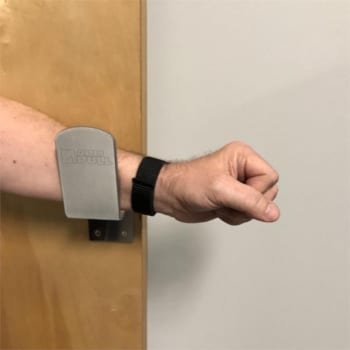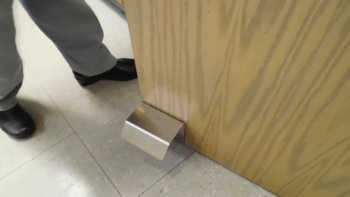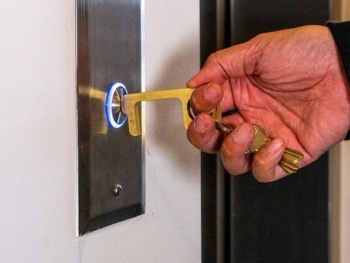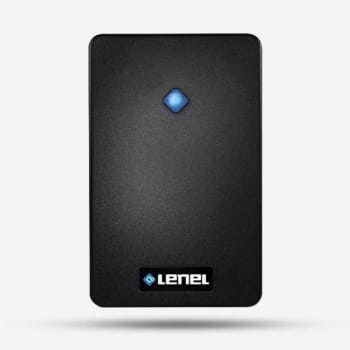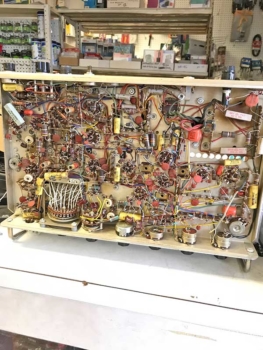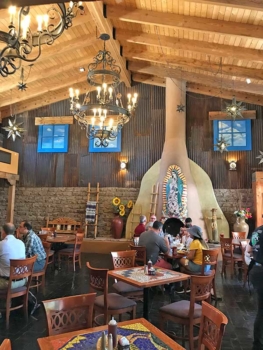Top 6 Things to Know About Community Mailboxes
By Gina Stuelke, CEO of Kenton Brothers
Kenton Brothers has a long standing partnership with another Midwestern company in Manhattan, Kansas: Florence Corporation. Florence Corporation makes commercial postal boxes of all shapes and sizes. Selecting the right centralized mailbox model might feel like a drain when you’re trying to get a project done on time. Postal mailbox applications can be a process (and headache) for busy professionals. But a centralized mailbox system is a necessity that will be used by residents every day, so it’s important that design and construction professionals give it appropriate consideration to find the right solution for their customers.
Here are some guidelines to help you decide what type of centralized mailbox solution is needed for your project.
1. You’ll need to meet United States Postal Service (USPS) standards for mail delivery.
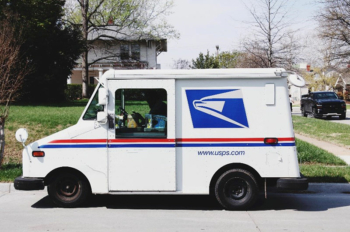 The USPS is responsible for establishing a method of delivery for all new residential developments. So it’s imperative to choose a USPS compliant mailbox system. The USPS has provided extensive guidelines for builders and developers when it comes to requirements for centralized mailbox selection and installation — it covers everything from safety codes to mail carrier accessibility.
The USPS is responsible for establishing a method of delivery for all new residential developments. So it’s imperative to choose a USPS compliant mailbox system. The USPS has provided extensive guidelines for builders and developers when it comes to requirements for centralized mailbox selection and installation — it covers everything from safety codes to mail carrier accessibility.
Centralized mail delivery is required for any new residential and commercial development. While some residential communities still use curbside mailboxes, “centralized delivery is our preferred method of mail delivery,” according to the USPS. “Centralized delivery equipment improves delivery efficiency and provides space for large mail items, including packages, which is a great benefit for the customer.”
2. Think about how the model will fit into your design.
Centralized mailbox systems can be mounted on pedestals, in free-standing kiosks or installed in (or on) a wall. The different mailbox models offer developers design solution alternatives.
Residential developments have their own design standards and style. The mailbox system you choose should help to enhance that design aesthetic and keep that style consistent throughout the property.
3. Plan your mailbox installation before you choose equipment.
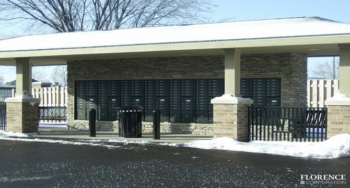 Details can sometimes get overlooked, so plan the design and installation of your centralized mailbox system in a way that fits in with the community layout to provide convenient “flow” for residents, mail carriers and property management staff.
Details can sometimes get overlooked, so plan the design and installation of your centralized mailbox system in a way that fits in with the community layout to provide convenient “flow” for residents, mail carriers and property management staff.
Mailboxes might not be the biggest priority on a developer’s checklist, but pre-construction planning for your centralized mailbox is a crucial step. If the mailbox units and installation plan don’t meet local requirements for mail delivery and safety or accessibility codes, this will create project delays and potential costs down the line.
NOTE: The USPS approves both STD-4C mailboxes and cluster box units (CBU) for multifamily communities and single-family neighborhoods using outdoor installations. The 4C mailbox systems offer more custom configuration and parcel locker options for developers and property owners if standard CBU mailboxes aren’t sufficient.
4. Is the space accessible to both mail carriers and residents?
Make sure there is a clear path for mail carriers and residents, and provide a walkway if necessary. There should also be a five-foot diameter turn-around space in front of the mailboxes to meet accessibility requirements.
It is important to contact the local USPS office early in your project to discuss the location for the centralized mailbox systems for your new development. “Cluster boxes must be safely located so that customers are not required to travel an unreasonable distance to obtain their mail and so there is sufficient access to mailbox locations with adequate space for carriers to deliver and customers to retrieve the mail,” recommends the USPS. A centralized mailbox unit is usually within one block of residences.
5. Think about safety measures for resident packages.
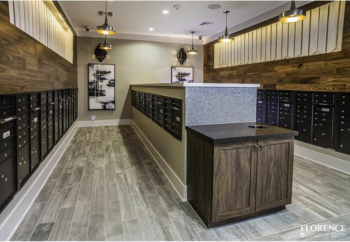 Keeping all mail and packages secure (and protected from weather damage) is key.
Keeping all mail and packages secure (and protected from weather damage) is key.
The designer and developer will need to ensure that a mailbox system provides enough space for packages to be delivered for all residents. Alternate configurations using STD 4C mailboxes allow add-ons like parcel lockers that give designers more solutions for package delivery in a common mailroom when more package space is needed.
If an outdoor community mailroom is in the design, stand-alone Outdoor Parcel Lockers (OPL) matching the Cluster Box Units are an easy alternative to add more shared, secure package delivery space.
6. Think through how the mailbox units will be identified.
It’s highly recommended to use sequential numbering identification, as opposed to mailbox IDs that match residents’ apartment or house numbers. This gives property managers more flexibility for assigning mailbox compartments and gives residents more security and privacy.
Let Kenton Brothers’ mailbox specialists answer your questions and assist you in the process!
Call or email Kristal at 816-888- 5868 or email her at kristalb@kentonbrothers.com.

